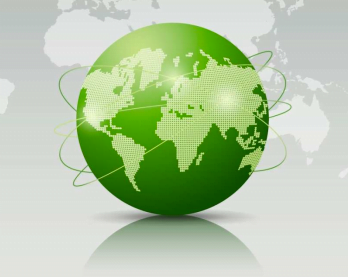Amid growing numbers of internally displaced peoples and environmental crises, the United Nations Department of Economic and Social Affairs officially released the “prototype” of the Global Sustainable Development Report last week. Practitioners and spectators in the international development field might be tempted to file this away with the myriad of development policy briefs that are released any given week. — but this draft does something unique.
This report comes at a pivotal moment, as the Millennium Development Goals near their set completion date of 2015. There has been significant progress made in pursuit of these goals. According to the report, 1.1 billion people have been fed, nurtured, housed, educated, and employed since 2000, building on the 800 million from 1970 to 2000. However, poverty and hunger still plague the global community at significant rates, despite advances in technology and science. As such, the report in its current form seeks to build on the progress of the MDGs, while galvanizing more collective action to pick up the slack.
Unlike the yearly check-ups on the progress of the MDGs, the Global Development Report focuses on the big picture, combining existing resources and highlighting the connection between scientific and policy components of development. The report includes a comprehensive view of the past three generations of development initiatives, a unified collection of existing measures of development from the science and policy worlds, and scenarios based on how the economic, environmental, and political parts of development influence each other. These components highlight the trade-offs between the business-as-usual path and the sustainable alternative route. The former is filled with increased global environmental disasters, prompted by unrestrained consumption of finite resources and wasteful production. Our journey down this path will be accelerated by isolated thinking, with policymakers and academics working in insular groups instead of working together to sustain vital global public goods, such as air and water.
These chapters and other parts of the report show a good faith effort on behalf of the United Nations to think differently about sustainable development. The overarching themes of consolidation and interdependence serve the report’s secondary, but vital, objectives: bridging the gap between the science and policy communities. The data in the report were collected by a platform capable of understanding multiple languages to generate greater input from both communities, especially young scientists from developing countries. The platform currently uses English, Spanish, and Chinese, but improvements are being made to allow input in more languages. The report also includes an estimated range of investments and technologies needed to create the sustainable path outlined in the alternative to current levels of consumption and production.
The report features an improved framework in which to create and inspire collective action in international development, but it is too soon to declare a new era of global sustainable development. The report is being finalized while the convening body that will analyze and discuss it, the High Level Political Forum that was created following the Rio+20 Summit, continues to meet. However, this draft shows promise, providing the data-driven narrative needed to spur the global community to think and act boldly on our path to a more sustainable world.
